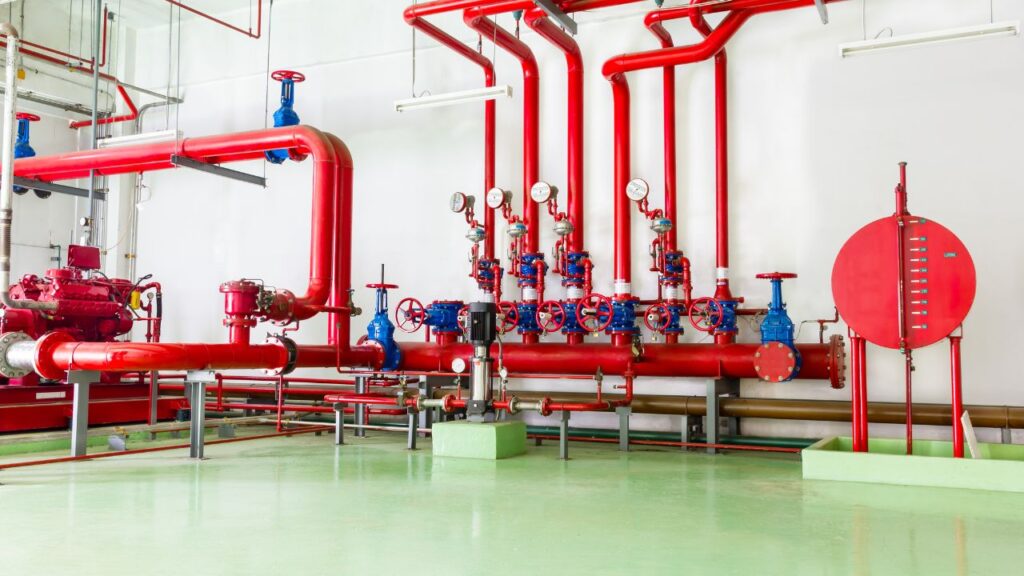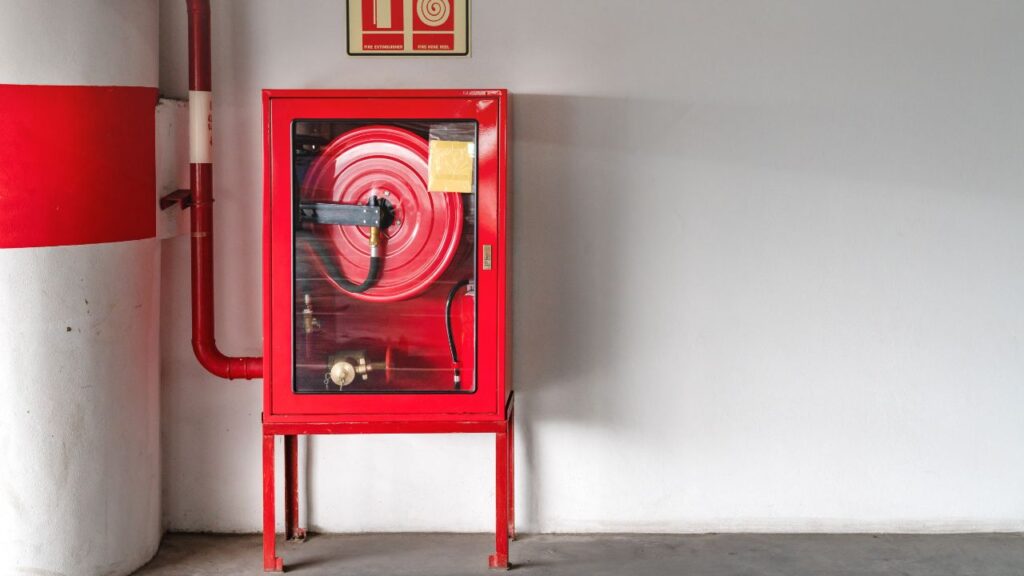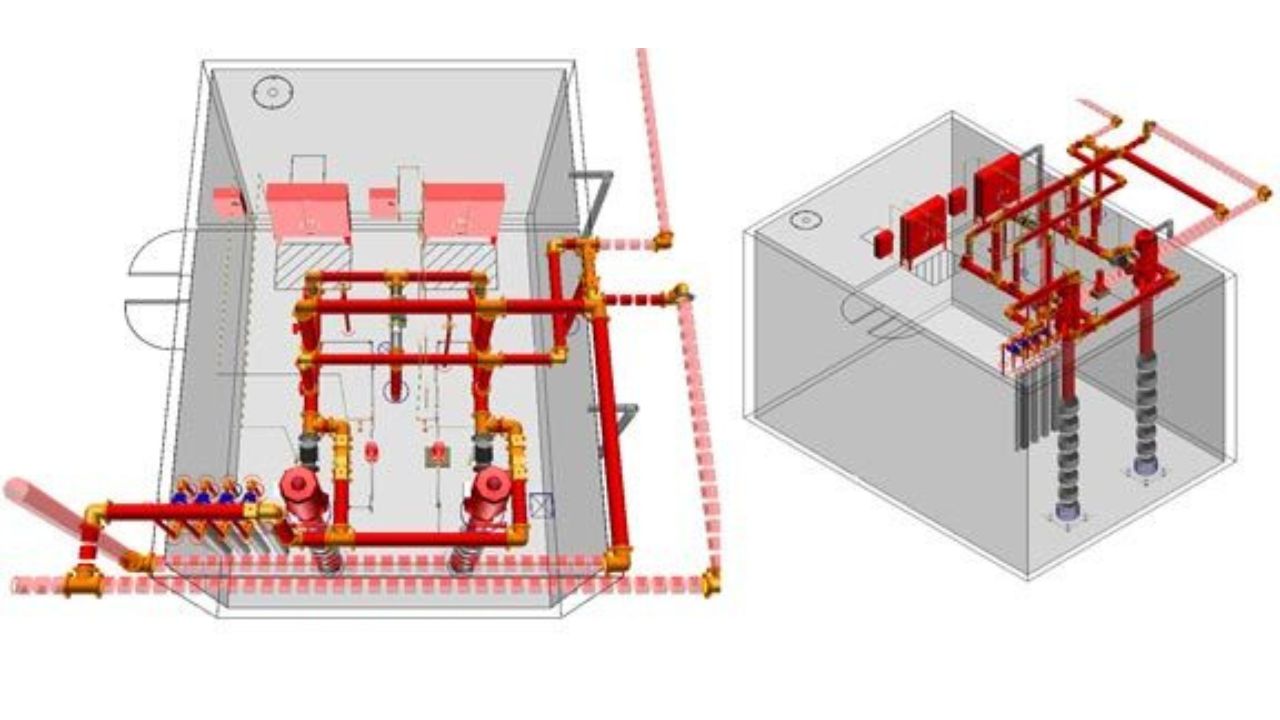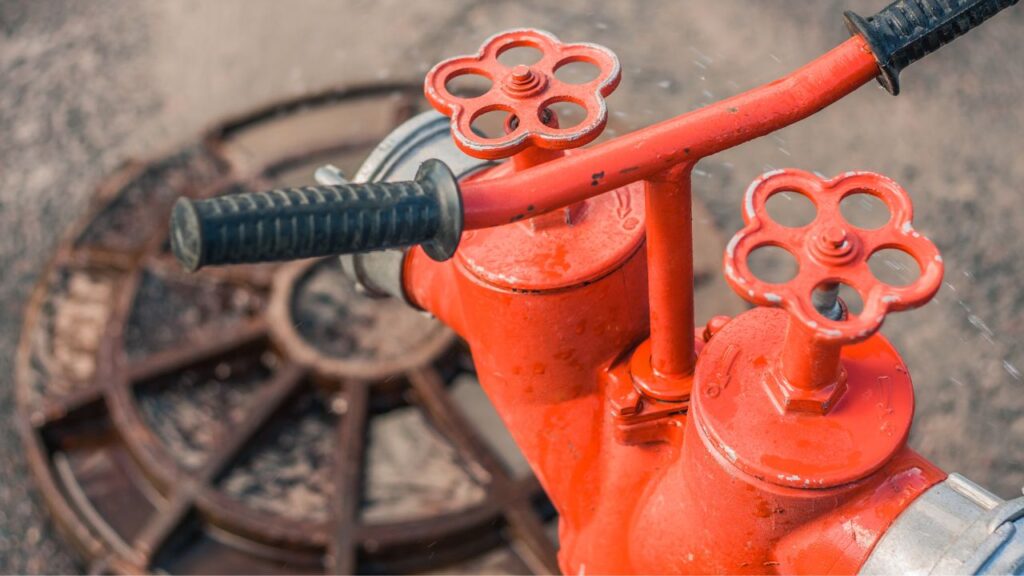Tap into Success – Zip Code Estimates for Fire Safety Excellence!
- Accurancy
- Efficiency
- Transparency
- Customization
- Time Saving
- Professionalism
- Cost Control

Ensuring the safety of residential areas is a top priority for communities, and one essential component of a robust fire protection strategy is the installation of an effective fire hydrant system.
This article explores the key factors influencing the cost of implementing fire hydrant systems in residential areas, shedding light on the importance of these systems in safeguarding lives and property.

Fire hydrant systems in residential areas play a crucial role in providing a reliable water supply for firefighting in the event of emergencies. These systems are designed to facilitate the swift response of firefighting personnel, helping to contain and extinguish fires before they escalate. The value of a well-equipped fire hydrant system in residential areas extends beyond immediate firefighting capabilities and includes:

Fully Insured Licensed Hire a Contractor For Fire Safety
Get Contractor
Make Informed Design Decisions Showcase Your Design Ideas
Get RenderingThe foremost objective of residential fire hydrant systems is the protection of lives within communities. These systems play a critical role in facilitating a rapid and efficient water supply during emergencies. By enabling firefighters to respond swiftly, these systems contribute significantly to minimizing risks and ensuring the safety of residents. In the event of a fire, the accessibility of a reliable water source through fire hydrants becomes paramount, allowing emergency responders to take immediate action to safeguard lives.
In densely populated residential areas, the prevention of fire spread is of utmost importance. Rapid intervention through an effective fire hydrant system becomes a crucial line of defense against the escalation of fires. The proximity of homes in these communities increases the potential for flames to spread swiftly. A well-designed and properly maintained fire hydrant system acts as a strategic barrier, preventing the progression of fires and safeguarding property. Through quick access to water for firefighting, these systems play a vital role in reducing the impact of fires on residential structures.
Residential areas with diligently maintained fire hydrant systems may enjoy additional benefits in the form of reduced insurance premiums. Insurance providers acknowledge the proactive approach taken by communities to enhance fire protection measures. By demonstrating a commitment to safety through the installation and upkeep of fire hydrant systems, residential areas position themselves as lower risks. This commitment may lead to potential cost savings for homeowners through decreased insurance expenses, providing an added incentive for communities to prioritize and invest in robust fire protection measures.
The density and layout of a residential area play a pivotal role in determining the cost implications of a fire hydrant system. In densely populated neighborhoods, the need for a more extensive network of hydrants, pipes, and valves becomes apparent. The challenge lies in ensuring comprehensive coverage to address the higher concentration of homes and residents. This necessitates a more intricate and widespread system, contributing to increased material and labor costs associated with installation and maintenance.
Compliance with local, state, and national fire safety regulations is a fundamental consideration in the installation of fire hydrant systems in residential areas. Meeting these stringent standards involves additional costs for specialized materials, rigorous testing, and certification processes. These measures are essential to guarantee the system’s effectiveness and adherence to safety requirements. Residential developments must allocate resources to ensure that their fire hydrant systems not only meet but exceed regulatory standards, reinforcing a commitment to the safety of residents.

The availability and adequacy of the water supply exert a direct influence on the design and cost of a fire hydrant system in residential areas. Communities with limited water resources may find it necessary to invest in additional solutions, such as water storage tanks or pumps, to meet the firefighting requirements. Ensuring a reliable and sufficient water supply throughout the system is imperative for effective firefighting capabilities, and the costs associated with addressing water supply constraints contribute to the overall investment in the fire hydrant infrastructure.

The specific characteristics of the residential area, including the type of construction, fire risk factors, and overall layout, dictate the type and quantity of hydrants required. The selection and placement of hydrants are critical components in optimizing the system for the unique needs of the community. The number of hydrants directly impacts the overall cost, encompassing expenses related to the purchase, installation, and establishment of associated infrastructure. Tailoring the system to the specific requirements of the residential area ensures an efficient and cost-effective fire hydrant solution.
The extent of underground piping required and the complexity of installation represent significant cost factors in residential fire hydrant systems. Communities facing challenging terrain or possessing existing infrastructure may encounter higher expenses related to excavation, trenching, and pipe laying. The installation process in areas with obstacles or congested layouts may demand additional labor and specialized equipment, contributing to increased overall costs for implementing and maintaining the fire hydrant system.
The strategic placement of hydrants for easy inspection, testing, and maintenance is a practical consideration in residential areas. Communities with hydrants located in easily accessible areas may benefit from lower ongoing maintenance costs. Ease of access facilitates routine inspections, testing, and preventive maintenance, contributing to the overall longevity and reliability of the fire hydrant system. Prioritizing accessibility minimizes potential challenges, ensuring that the system remains in optimal condition to effectively respond to emergencies in residential areas.
The cost of implementing fire hydrant systems in residential areas can vary based on the factors mentioned above. As a general estimate, residential areas can anticipate an expenditure starting at $8,000 or more for a basic system in a small neighborhood and may range upwards depending on the complexity and size of the area.
In conclusion, the installation of effective fire hydrant systems in residential areas is integral to ensuring the safety of lives and properties. These systems provide swift water supply for firefighting, minimizing risks and preventing the spread of fires. The value extends to potential insurance benefits, showcasing the commitment of communities to safety. Various factors, including density, regulatory compliance, water supply, hydrant types, underground piping, and maintenance considerations, influence the costs associated with implementing these systems. Tailoring the system to specific residential needs and prioritizing accessibility contribute to its efficiency and longevity. The estimated cost range starts at $8,000 for basic systems in small neighborhoods, highlighting the importance of strategic investments in robust fire protection measures for residential safety.
Fire hydrant systems in residential areas are essential for ensuring the safety of lives and properties. They provide a reliable water supply for swift firefighting, minimizing risks and preventing the spread of fires in densely populated neighborhoods.
The primary purpose of these systems is to protect the lives of residents. By enabling firefighters to respond rapidly during emergencies, these systems play a critical role in ensuring the safety of residents and facilitating immediate action to safeguard lives.
Several factors impact the cost, including the density and layout of the residential area, regulatory compliance, water supply availability, the type and number of hydrants, underground piping complexity, and maintenance considerations.
Yes, residential areas with diligently maintained fire hydrant systems may enjoy reduced insurance premiums. Insurance providers recognize the commitment to safety, potentially resulting in cost savings for homeowners.
The cost can vary, but as a general estimate, residential areas can anticipate an expenditure starting at $8,000 or more for a basic system in a small neighborhood. Costs may increase based on factors such as the complexity and size of the area.
Here I am going to share some steps to get your Fire Hydrant System Cost for Residential Areas estimate report.
You can send us your plan on info@estimatorflorida.com
Before starting your project, we send you a quote for your service. That quote will have detailed information about your project. Here you will get information about the size, difficulty, complexity and bid date when determining pricing.
Our team will takeoff and estimate your project. When we deliver you’ll receive a PDF and an Excel file of your estimate. We can also offer construction lead generation services for the jobs you’d like to pursue further.



561-530-2845
info@estimatorflorida.com
Address
5245 Wiles Rd Apt 3-102 St. Pete Beach, FL 33073 United States
561-530-2845
info@estimatorflorida.com
Address
5245 Wiles Rd Apt 3-102 St. Pete Beach, FL 33073 United States
All copyright © Reserved | Designed By V Marketing Media | Disclaimer